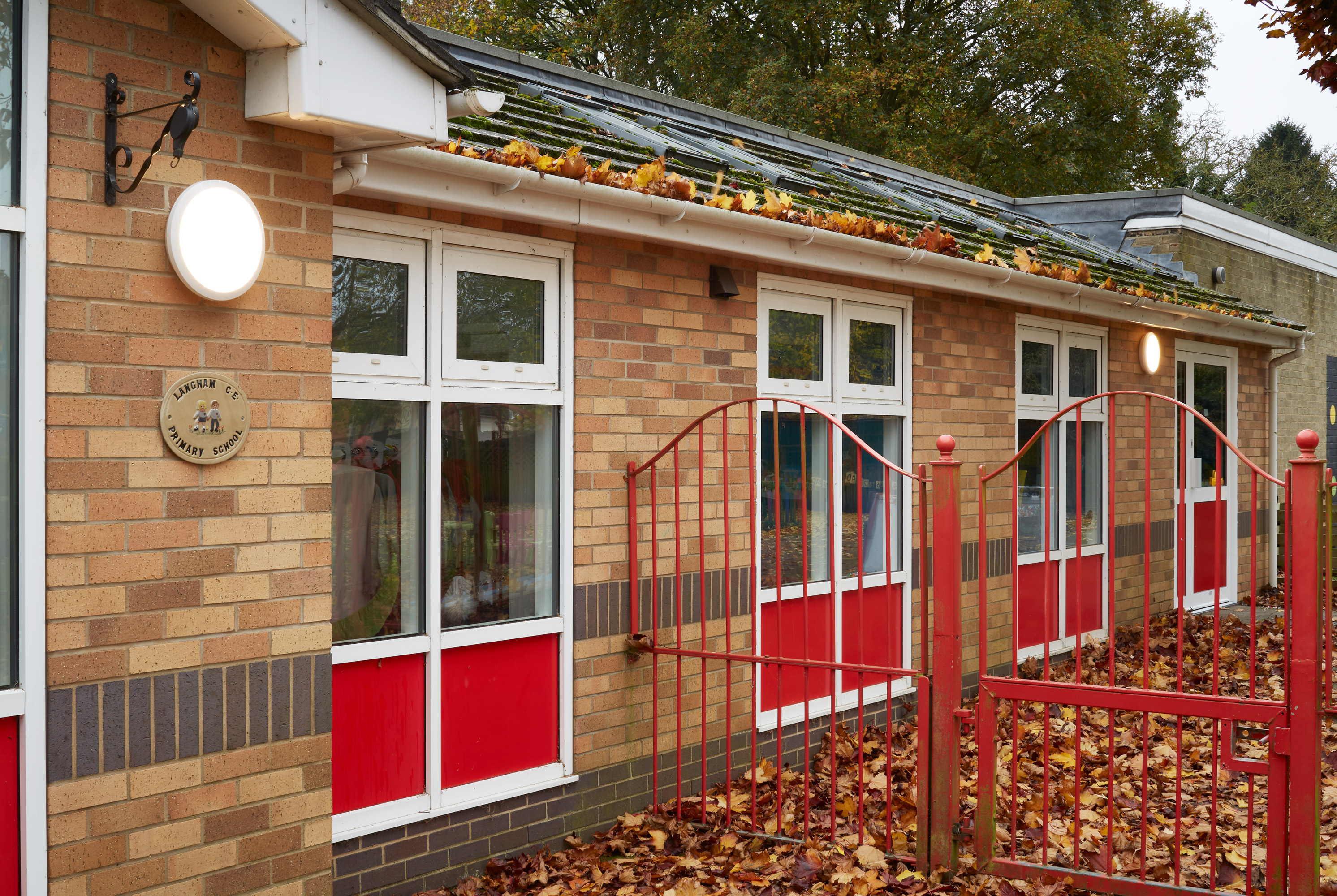It’s estimated that 70% of schools are still using fluorescent lighting which means there is a huge opportunity for contractors to install LED lighting, especially as remaining stocks run low.
But schools operate on tight budgets. While a complete refurbishment will yield the most savings in the long run, if the capital budgets are restrained how can you help them get the most for their money?
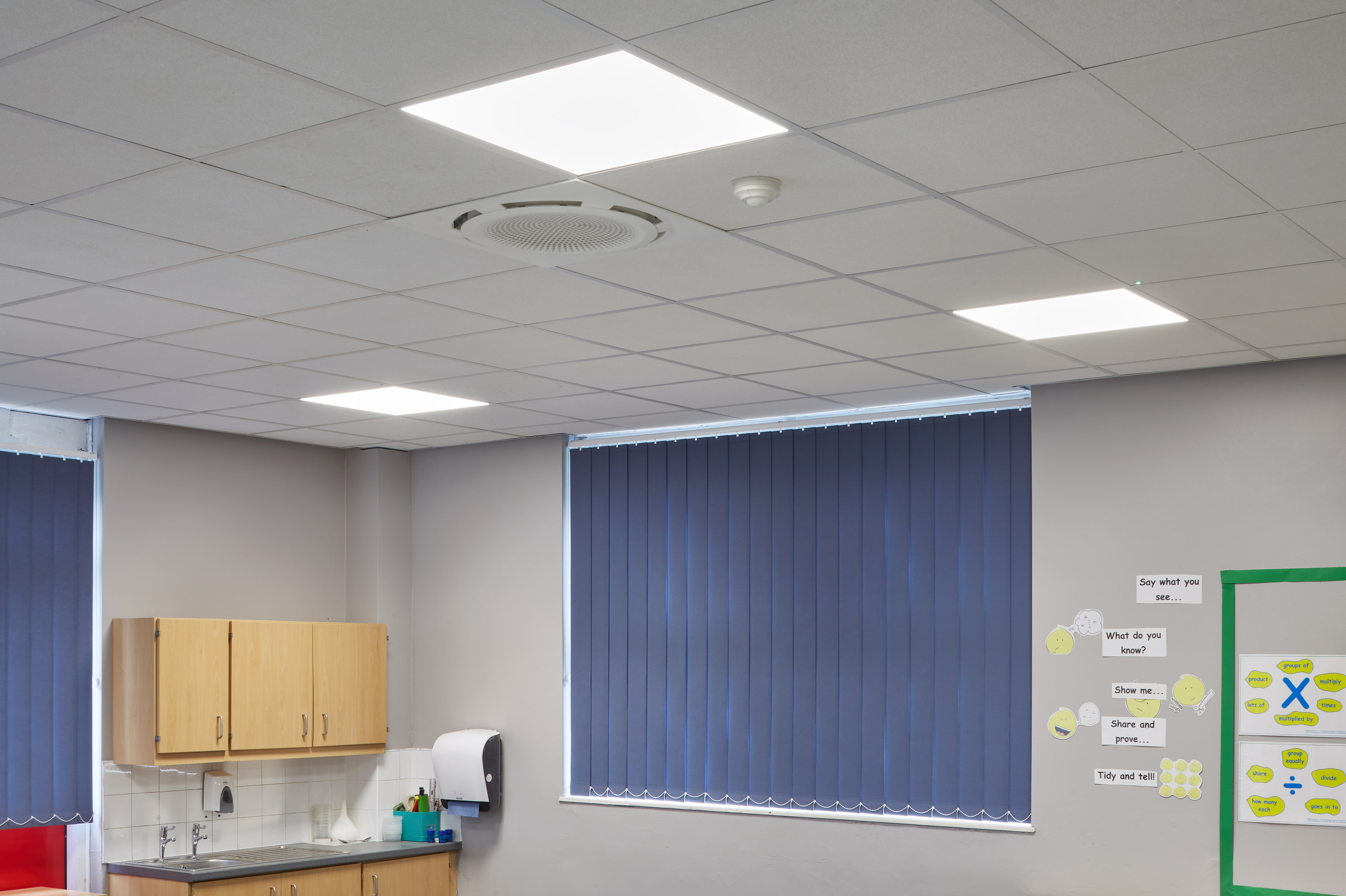
Identify where it will have the greatest impact
Cost savings are just one benefit of LED lighting. Good LED lighting that has a low unified glare rating and a colour correlated temperature of 4000k will improve visual comfort and aid concentration. Your priority should therefore be classrooms.
Do a lighting survey
A lighting survey will reveal how many LED fittings a room needs. You can generally provide a better lighting scheme with fewer fittings than the ones that you are replacing. It helps to get a proper lighting assessment of the school to make sure that you provide the best solution.
It means that the school will get a better lighting scheme, which costs less to run from fewer fittings, so the capital cost may be lower than they realise.
We offer a free lighting survey and design to make sure that your customer gets the best solution within their budget.
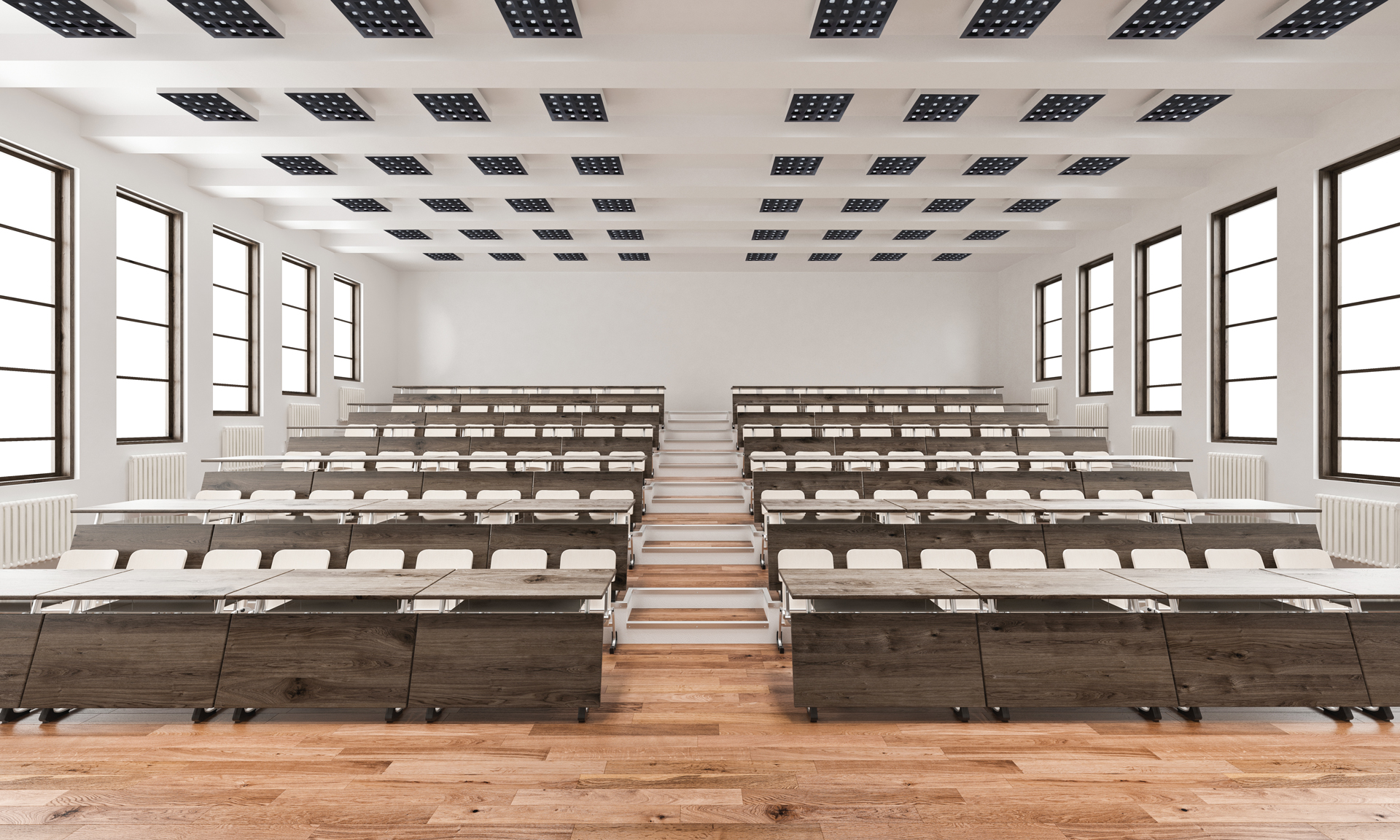
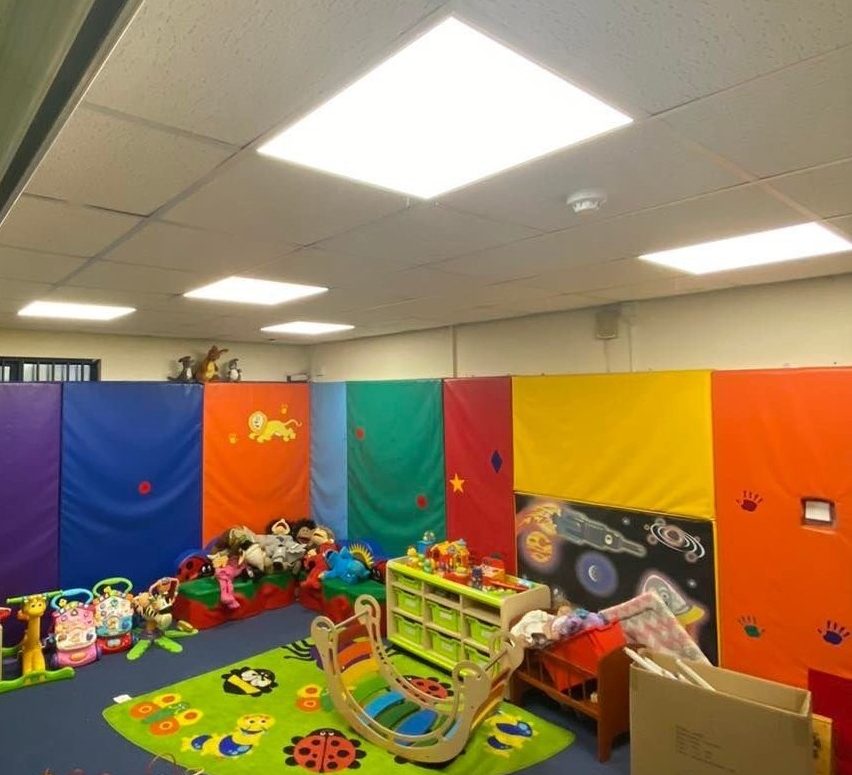
Make them aware of the potential energy savings
From that lighting survey you can get estimated energy running cost and carbon savings as well as the potential payback time for the investment. Make sure that the school and whoever is charge of the budget understands what these savings will be. You never know they may find some extra funding for a more extensive lighting refurbishment.
Complete LED lighting in rooms that have partial installations
Unlike fluorescent luminaires, LED lighting will not need maintenance for several years. This will help the school with their maintenance programmes as they will only need to worry about non-LED areas in the near future. It also allows them to save fluorescent lamps for maintenance as stocks elsewhere run down and prices begin to rise.
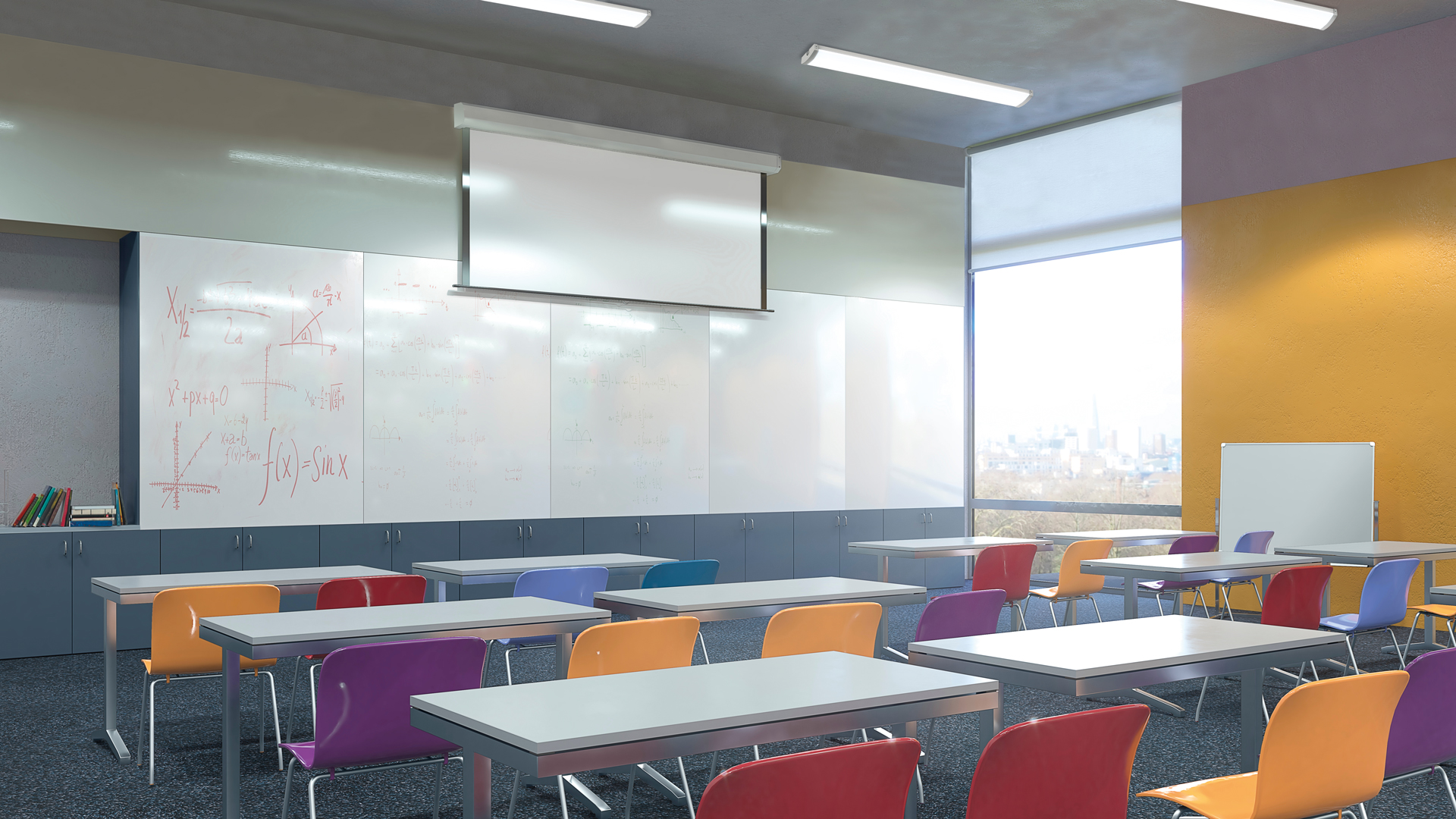
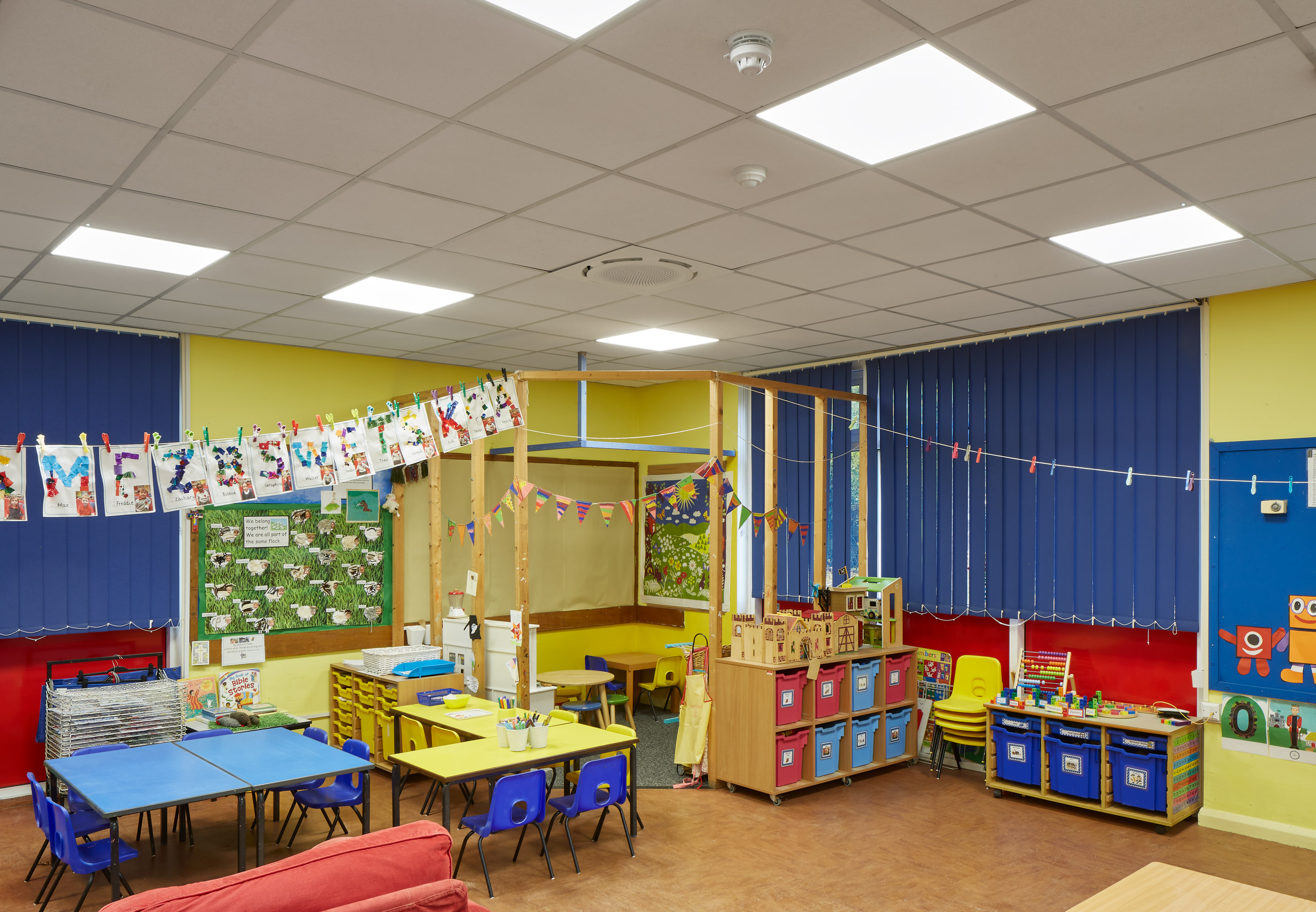
Focus on entire areas
Avoid a piecemeal approach to the refurbishment as individual fluorescents fail. It’s better and a more effective use of money to replace a complete area or room with a proper lighting design. As noted in previous points this may mean you need fewer fittings in a room, and you can always utilise the removed fittings for spares in areas that still have fluorescents.
It will also allow the school to phase in their refurbishment as they release more capital.
Plan for future energy savings
When the LED refurbishment is complete, it’s worth having a further conversation about phasing in other potential energy and cost saving measures such as lighting control.
This may start in areas that yield the greatest savings for the least cost – so presence detection in toilets and corridors for example. In the longer term the school can really address their ongoing lighting costs and carbon footprint by using daylight linking sensors for fittings near windows.
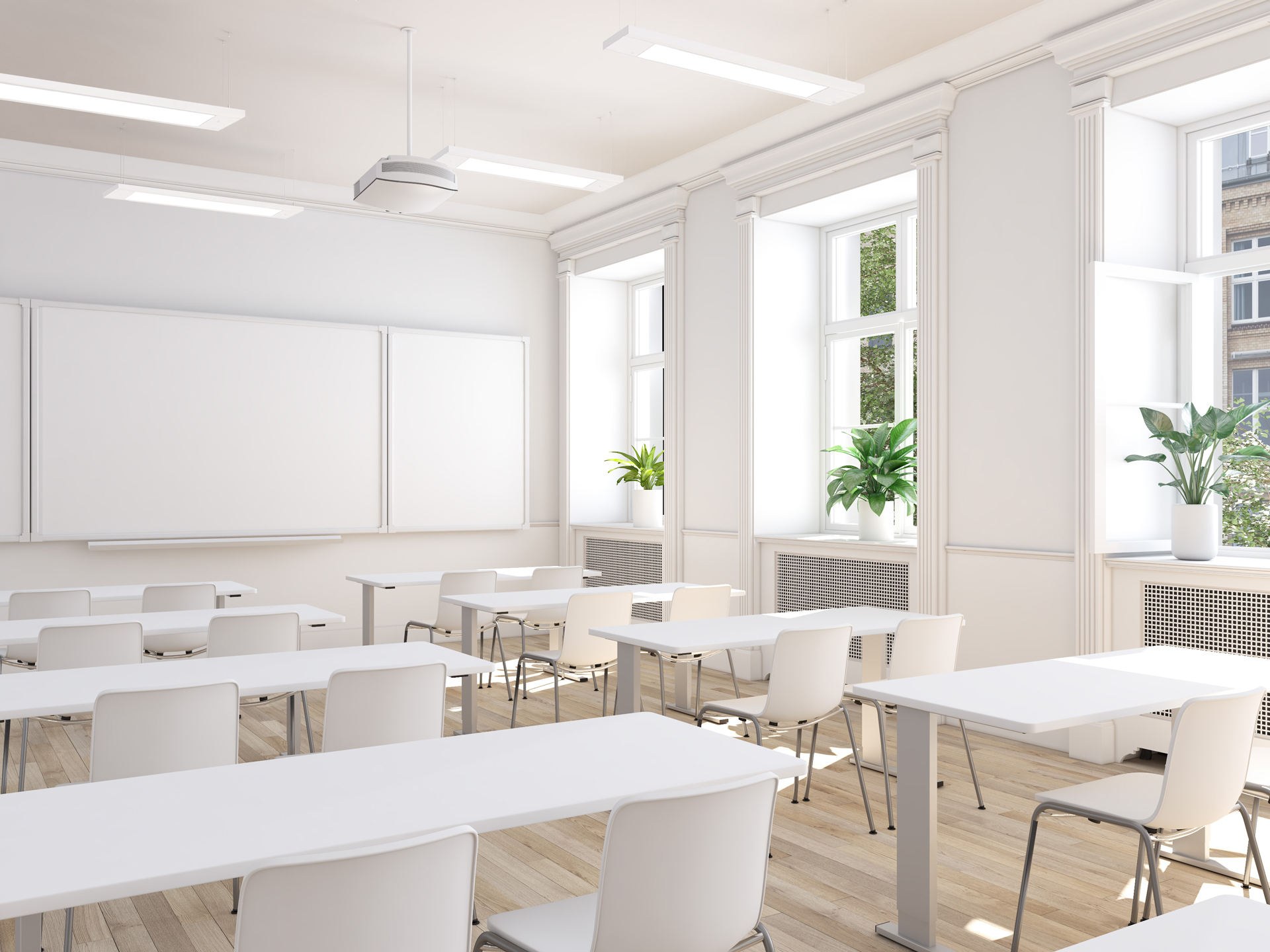
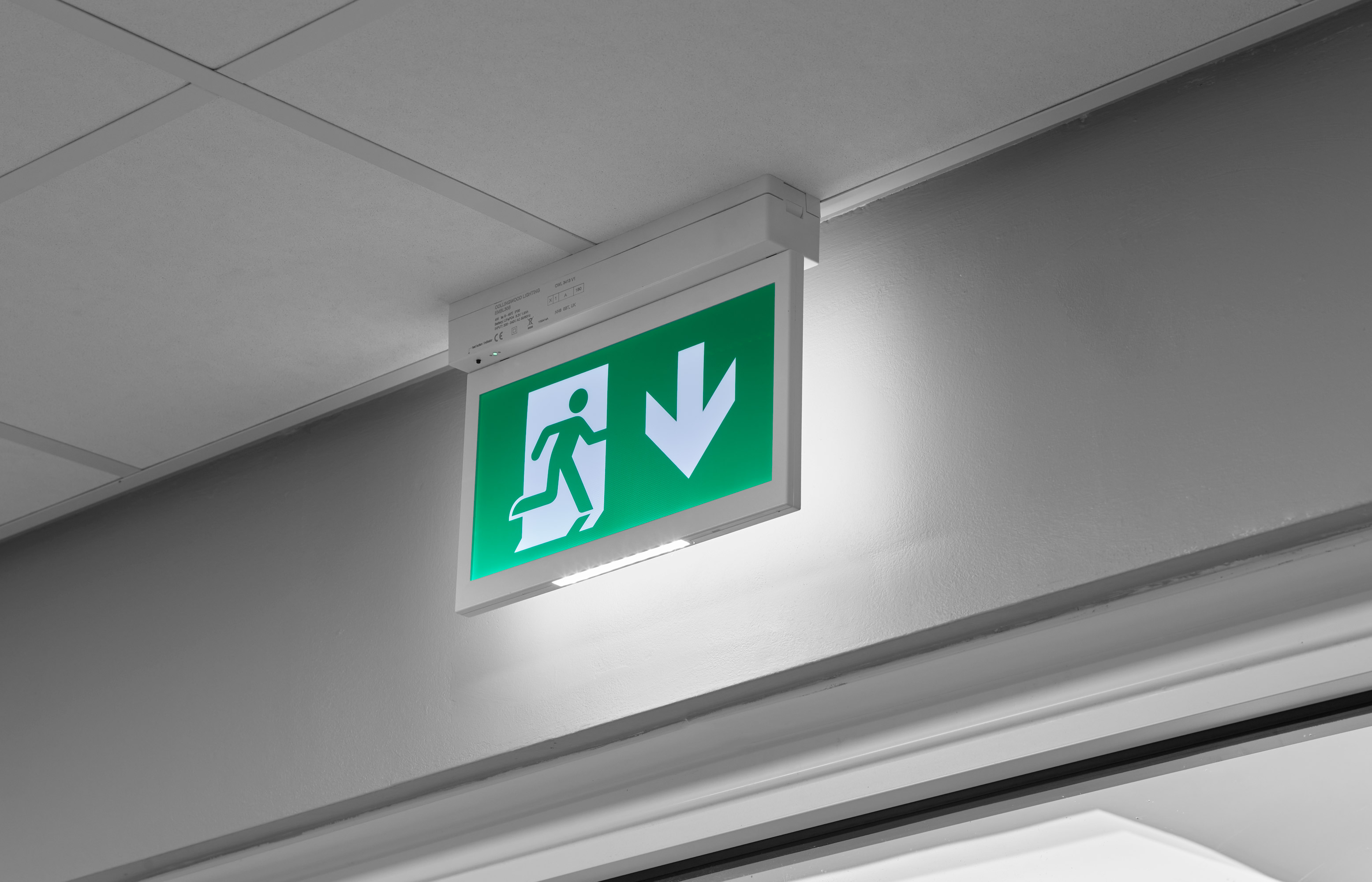
Check the emergency lighting
Too often emergency lighting is an afterthought. People use schools beyond 9.00am to 5.00pm, there are parent evenings, and they are often used as multi centre spaces that can be open until late. And many of those people will be unfamiliar with the layout and escape routes.
Remember that the responsible person for the building has a legal duty to ensure the occupants safety as part of the Fire Safety Act 2021.
Remember outdoor lighting
Well planned outside lighting can make a school more welcoming and make the space feel safer for students and staff. See our landscape lighting guide for more information.
Just like indoors, modern LED fittings will save them energy and ongoing costs compared to metal halide or halogen.
A school can save up to 82% of their lighting running costs and cut their carbon footprint if they install a modern LED lighting solution that includes presence and absence detection, dimming and daylight linking. But when budgets are tight, they may need to phase their refurbishment, so it pays to understand how to prioritise their budget to maximise early cost savings and the quality of light for learning.
This may start in areas that yield the greatest savings for the least cost – so presence detection in toilets and corridors for example. In the longer term the school can really address their ongoing lighting costs and carbon footprint by using daylight linking sensors for fittings near windows.
